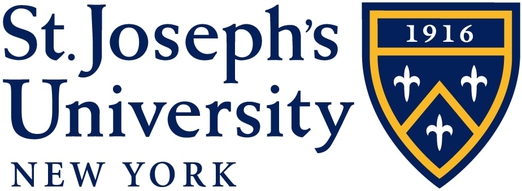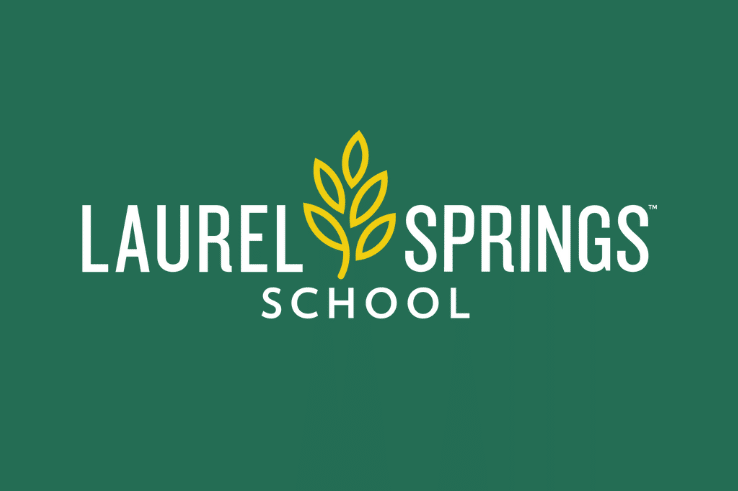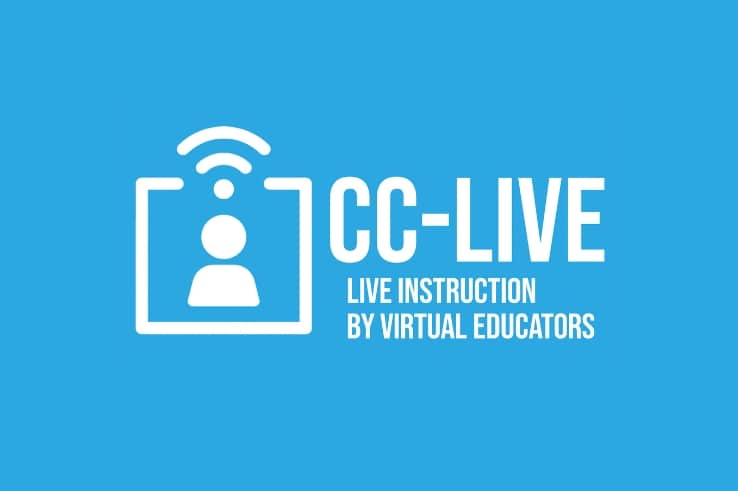The ChallengeIncreasing virtual access to meet the needs of the moment

Image provided by St. Joseph's University
Founded in 1916, St. Joseph’s University, a private university in New York, has long been committed to providing quality education across its three campuses. With nearly 4,000 undergraduate students and 1,200 graduate students, St. Joseph’s has been a pioneer in online learning, establishing its first virtual programs in the 1990s. By 2015, it boasted a fully online campus offering 30 programs with hundreds of online classes each semester. However, the onset of the COVID-19 pandemic in Spring 2020 presented new challenges, as the university faced the need to transition virtually for the majority of its students and faculty.
The SolutionTransitioning seamlessly with Class
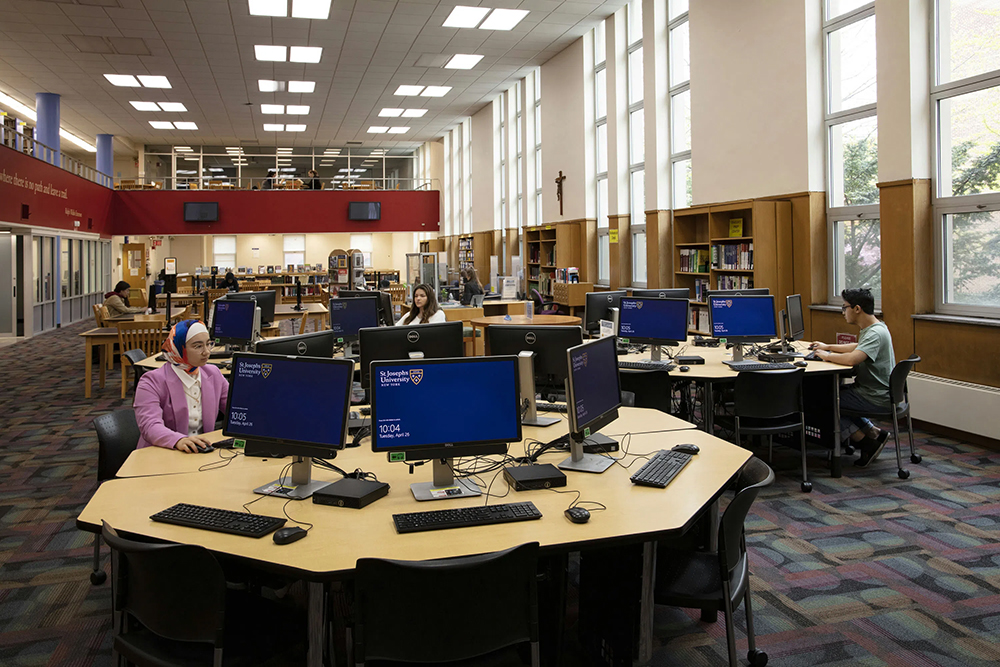
Image provided by St. Joseph's University
The task fell upon Michelle Papajohn, CTO, and Vice President for Information Technology, and Amy Poland, Associate Dean for Online Learning, to ensure a smooth transition. Recognizing the necessity to maintain the individual attention and interactive teaching that define St. Joseph’s, they spearheaded efforts to expand online programming while preserving the university’s core values. Despite initial faculty resistance to virtual teaching, the e-learning team launched an extensive support program, including virtual tech chats, video tutorials, and collaboration opportunities.
As the fall semester of 2020 approached, St. Joseph’s sought a better synchronous learning platform to enhance engagement. They found their solution in Class, a virtual classroom designed to augment their existing web conferencing’s capabilities specifically for educational environments. With features like front of room, interactive tools, and in-class assignments, Class promised to bridge the gap between traditional and virtual learning seamlessly.
“Class came up during one of our tech chats, when it was still in its beta stages,” says Poland. “We loved what Class brought to Zoom to enhance teaching.”
 Spotlight presenters and speakers
Spotlight presenters and speakers
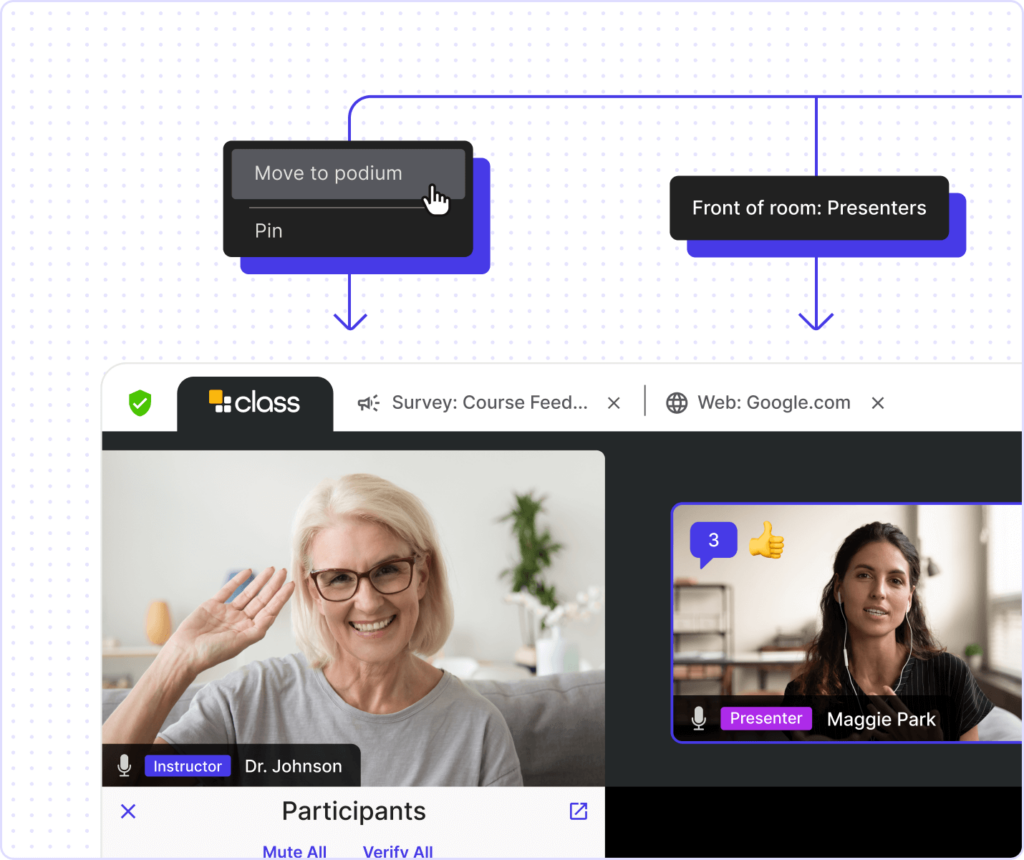
The podium and front of room feature—which places speakers at the forefront of the virtual classroom—mimics the traditional classroom setting. This spotlighting mechanism enhanced instructor presence, fostering a more engaging and interactive learning environment for students.
 Interactive learning tools
Interactive learning tools
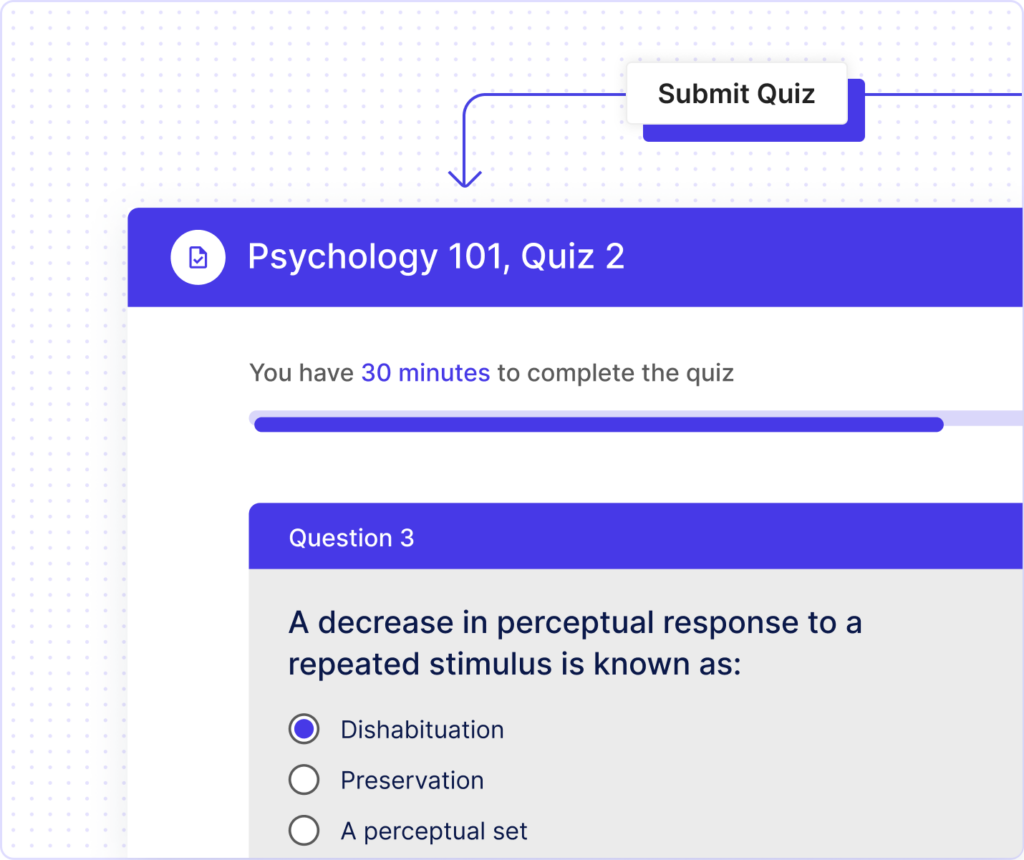
The interactive tools provided by Class, including interactive learning tools and content sharing—like web browsing, screen sharing, and in-class assignments—significantly enriched the online learning experience at St. Joseph’s University. These features empowered instructors to facilitate dynamic and participatory lessons, promoting active student engagement and knowledge retention.
 Supporting student privacy
Supporting student privacy
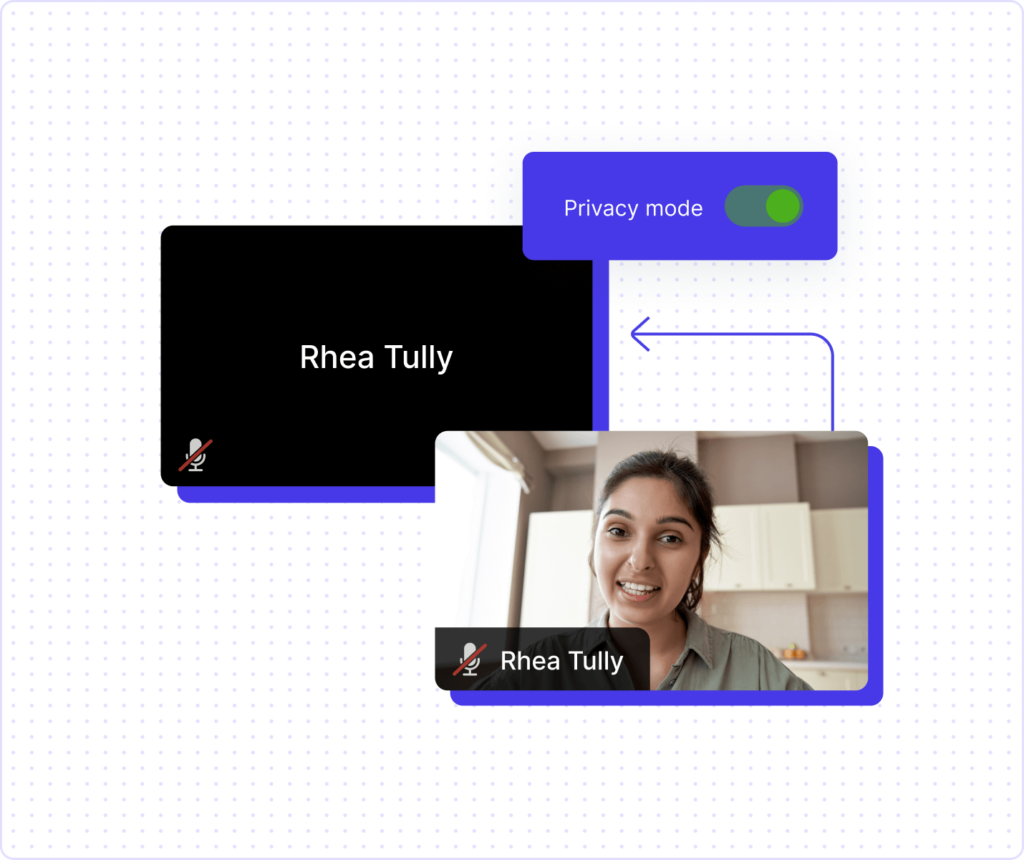
Class offers features that allow students to maintain privacy while still providing valuable visual feedback to instructors. This balance ensured a comfortable and secure learning environment, encouraging students to actively participate in synchronous learning sessions and fostering meaningful interactions with their peers and instructors.
The ResultEmpowering students and faculty
The adoption of Class yielded significant results for St. Joseph’s University. Faculty members, initially apprehensive about virtual teaching, embraced the platform’s capabilities and expressed a desire to continue offering virtual and hybrid courses beyond the pandemic. Class facilitated interactive learning experiences, allowing students to engage with course materials collaboratively and participate actively in class discussions. The platform’s privacy features ensured that students felt comfortable turning on their cameras, providing valuable visual feedback to instructors.
“The pandemic changed things so drastically, and we are still adapting,” says Michelle Papajohn. “But this new format offers students much more flexibility.”
Looking ahead, St. Joseph’s University anticipates further success with Class, confident that its enhanced synchronous learning options will continue to empower both students and faculty. As the university expands its online programming, unique courses and programs, such as the Peace and Justice Studies minor, will become more accessible to a wider audience. With Class supporting their commitment to hands-on learning, St. Joseph’s University remains at the forefront of educational innovation, poised to meet the evolving needs of its students and maintain its reputation for excellence.
With Class, St. Joseph’s University is:
Enhancing interactivity
St. Joseph’s University benefited from Class's advanced features, such as "Front of Class" and interactive tools for screen sharing, collaborative browsing, and in-class assignments. These features facilitated greater engagement among students and instructors, replicating the interactive dynamics of in-person classrooms in the virtual environment.
Improving learner engagement
With Class, students were encouraged to participate actively in synchronous learning sessions, overcoming the challenges of disengagement often associated with traditional video conferencing platforms. The platform's ability to maintain student privacy while providing instructors with visual feedback enhanced student engagement, leading to a more enriching and dynamic learning experience.
Expanding access and flexibility
By adopting Class, St. Joseph's University expanded its online programming, making unique courses and programs more accessible to students, thereby offering greater flexibility in their educational pursuits.
Ready to see what Class can do for your organization?


